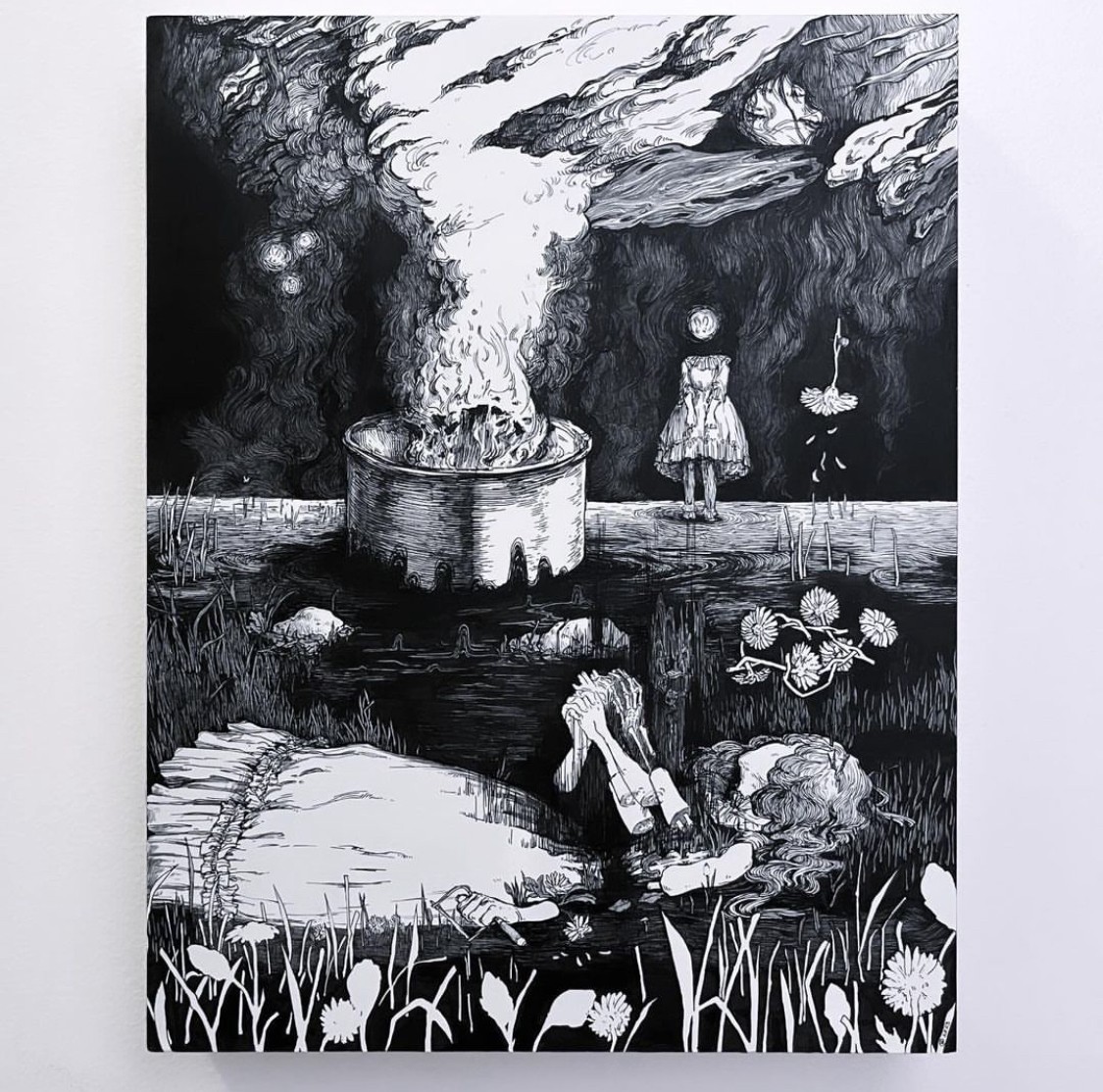We recently connected with Vivian Tong and have shared our conversation below.
Alright, Vivian thanks for taking the time to share your stories and insights with us today. Looking back, what’s an important lesson you learned at a prior job?
At my first job at a museum, my boss emphasized the importance of “courtesy tabs” on tape. Folding over the end of tape would help a future person use the roll with less trouble and time. Less handling of adhesive also was safer for artwork.
This small but important detail stuck with me (pun intended). The idea of attention to detail and small gestures that makes life/tasks easier for someone else or yourself in the future has helped me grow my business and community network. Each time I start a task or art piece, I think about its implications and impacts for the future – not necessarily in grand ways. As I make a new catalog entry I double check all numbers and add extra searchable terms. I jot down instructional notes when I package up collection objects for storage. I add little bumpers to my framed art to protect wall. As I put away tapes in the supply drawer, I ensure they all have courtesy tabs.

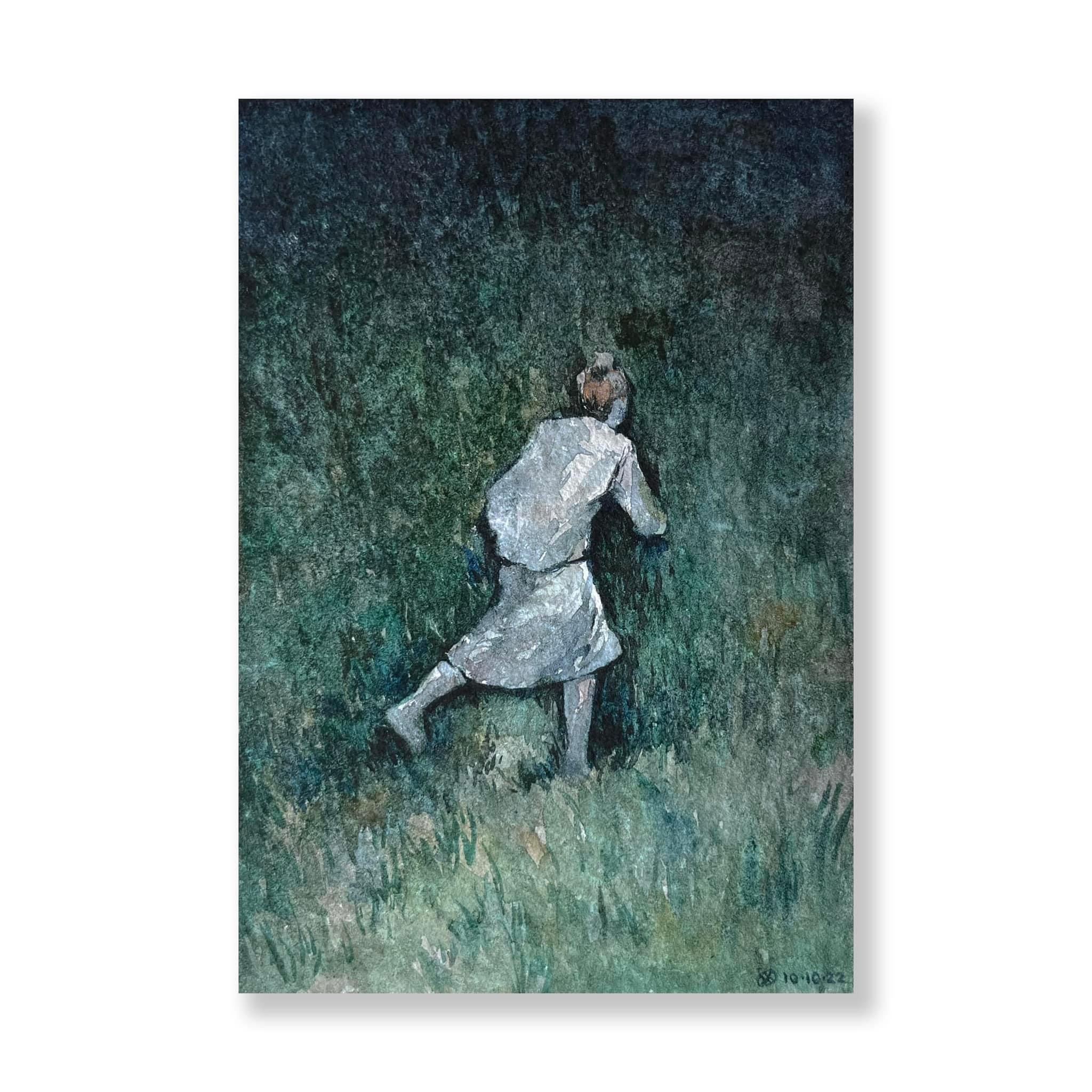
As always, we appreciate you sharing your insights and we’ve got a few more questions for you, but before we get to all of that can you take a minute to introduce yourself and give our readers some of your back background and context?
Hello, I’m Vivian Tong – I’m a Chinese American woman born and raised on unceded and occupied Ramaytush Ohlone land, also known as San Francisco, California. I currently work in the day as an archivist for an artist estate and in the evenings/weekends as a visual artist and freelance illustrator.
In my myriad roles, I emphasize on and highlight marginalized histories of individuals and groups that are typically excluded from the historical canon. In my day job, I safeguard and organize information about the artist whose estate I work for. She has only recently begun to receive wider general recognition for her brilliant work in art and in her communities. I help keep her legacy alive by sharing information about her and assisting curators, writers, and researchers who are interested in her work and adjacent subjects.
Similarly, in my own art practice, I work from my own feelings around and experiences with marginalization and depersonalization. These works are very personal and self indulgent but I have connected with so many other people with them. I currently present my work at small group shows, pop culture events, and artist pop ups. I actually met the Blane Asrat, the illustrator and designer who referred me to CanvasRebel at one such event.
I always want to give back to the people and groups who got me where I am and who believe in me- I am most proud of the relationships, organizations, and mutual aid programs I have been able to contribute to either through my art sales or through in kind contributions of my artwork.

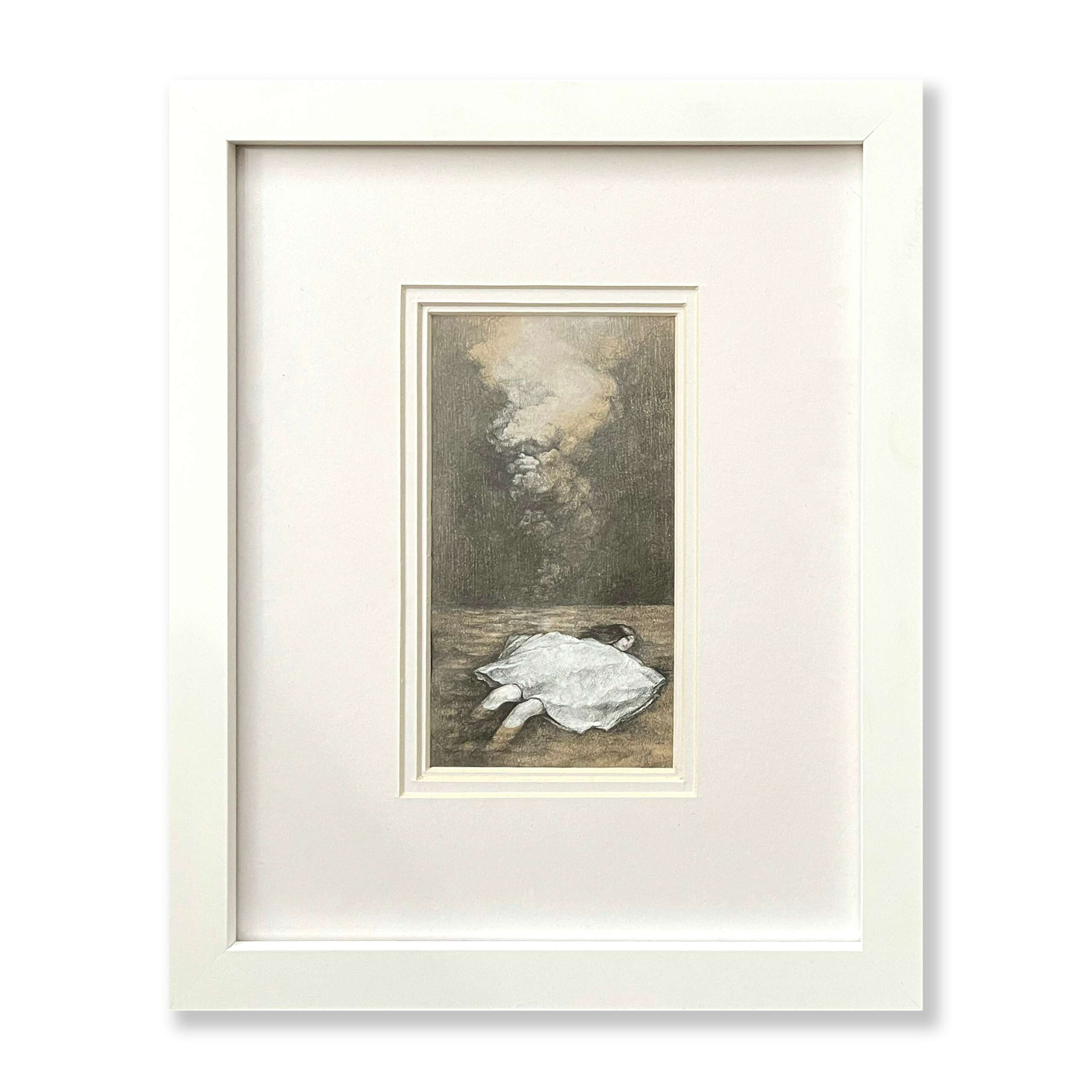

Can you share a story from your journey that illustrates your resilience?
Last year, in July, I had an artist table at Anime Expo, the largest anime convention in the United States.
After working my archivist day job during the weekdays, I flew over to Los Angeles to work the weekend at the convention. To my horror, my packages that contained most of my inventory, art prints and sketchbooks, did not make it to my hotel. With less than 24 hours until the convention opening, I looked into local print shops and got on call with my original print shop. I also called the shipping providers to see where my inventory had ended up.
I was doing all this while I was putting together my artist display setup and trying to think of ways to improvise for a long weekend without a majority of my merchandise. Thankfully I got in touch with the print shop and was able to have my prints at least shipped overnight to my hotel. Eventually, my sketchbooks were also retrieved at a local shipping center.
I still had to hand carry 45 lbs of inventory in the Los Angeles summer heat and hurriedly adjust my artist setup before a stampede of convention attendees came into the room.
It ended up being a long but rewarding event and my new sketchbooks and prints were met with much enthusiasm. I also was able to connect with industry professionals, new clients, and other artists.
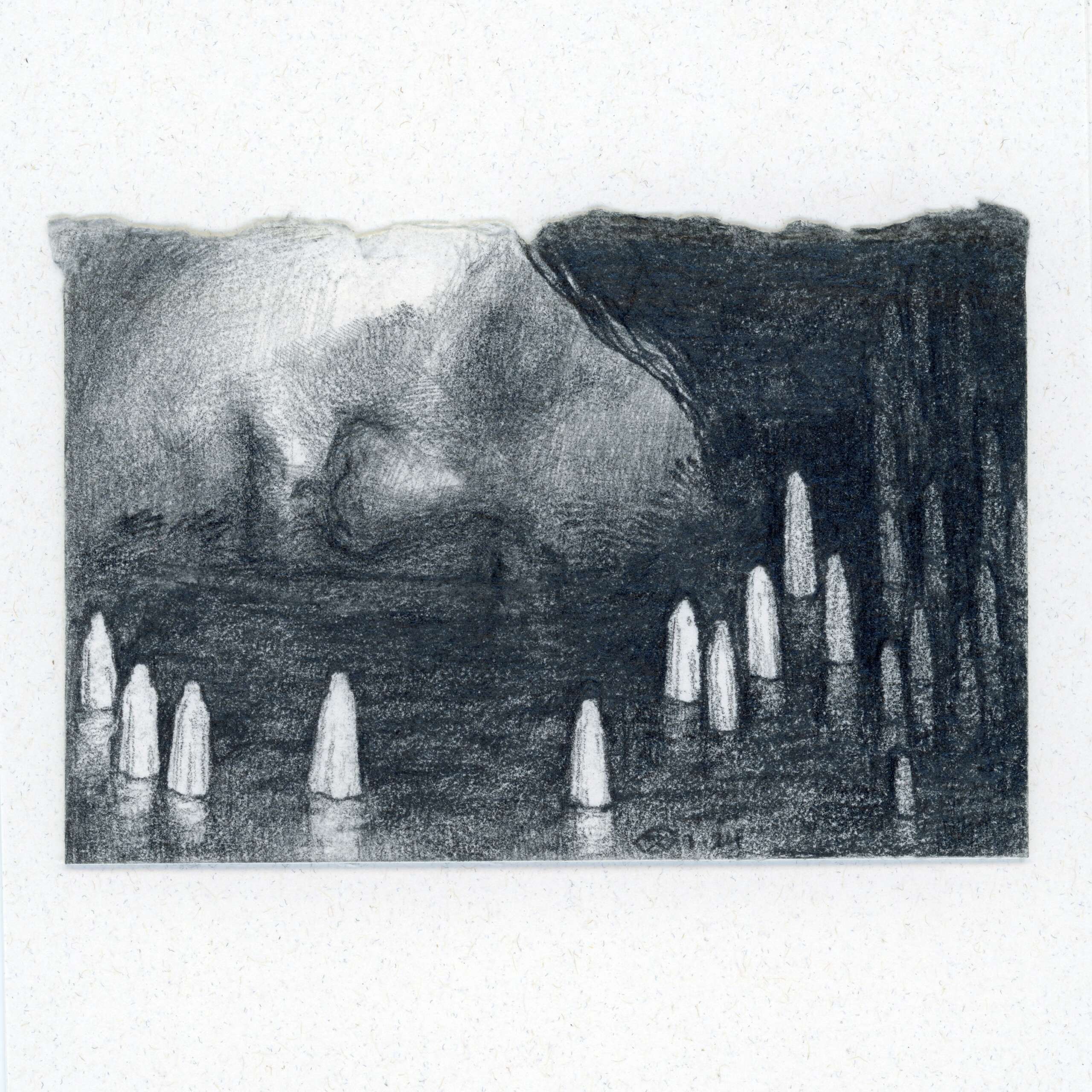

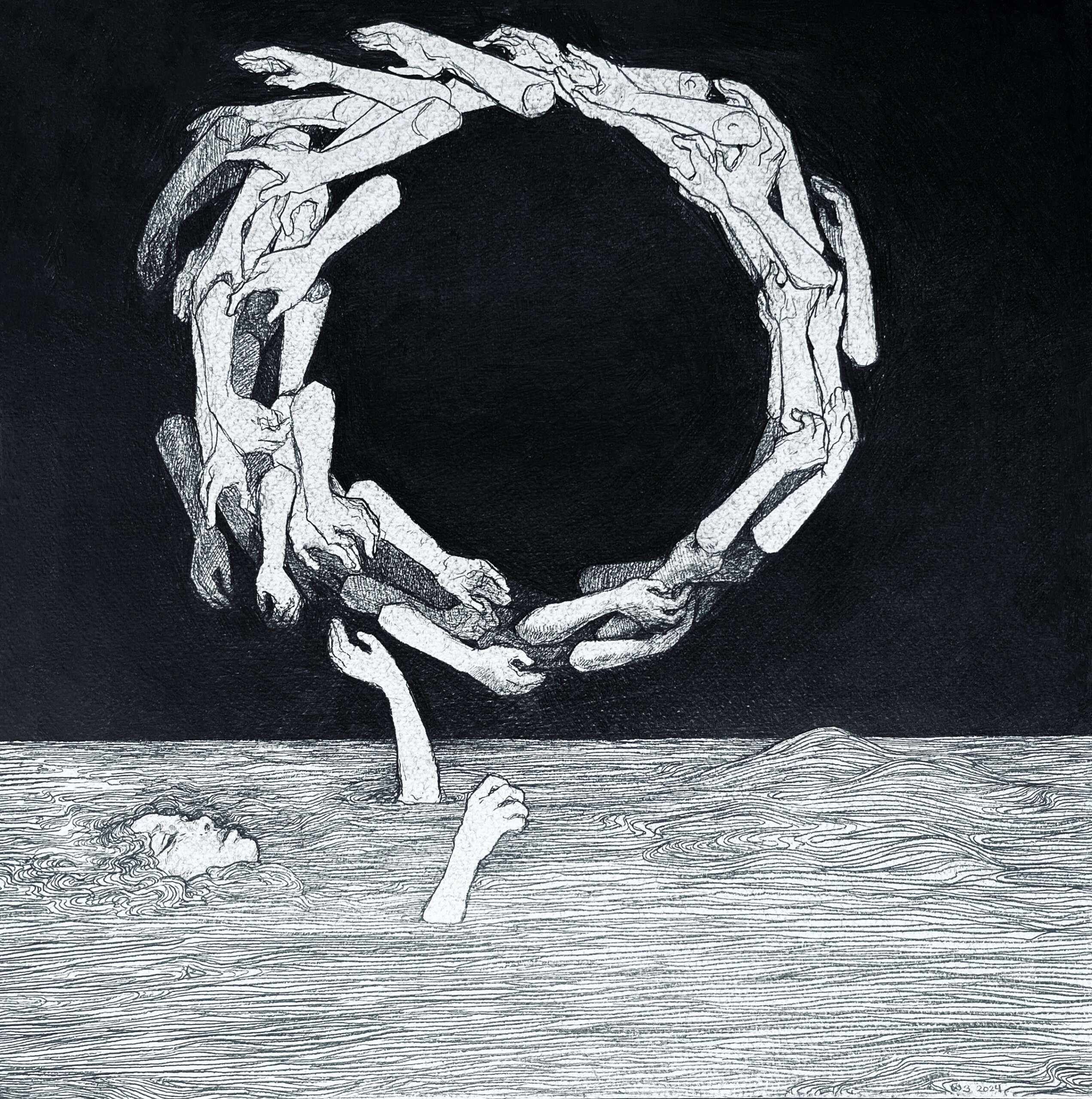
Have you ever had to pivot?
Originally when I first went to college, I was convinced I wanted to be an art conservator. I struggled through calculus, chemistry, and Italian courses that were required for applying to conservation graduate programs. Despite difficult weeks and failed midterms, I kept trying for several semesters.
Eventually I came to terms with the fact that I was not suited for conservation; however, there were countless other ways I could work to preserve important stories, cultural heritage, objects, and art. I volunteered to assist a registration and collections management team at a museum and worked hard to complete a degree in studio art at the same time.
My hard work at the museum was recognized and I was hired as a collections management assistant. Not too long later, I also began a graduate degree in museum studies. The more I learned about the different roles I could play in preserving and stewarding history, the more I felt reassured I had not actually given up on my original dreams. I had just found other avenues that I could best utilize my skills in manners that reflect my values.
Today I am very grateful I have worked for over 2 years in the archives of a brilliant artist and arts advocate. At the same time, it has provided me the space and spark to continue expanding my own studio practice and emboldened me to reach out to new clients and audiences.
Contact Info:
- Website: VivianTong.com
- Instagram: Instagram.com/sketchbeetleart
- Facebook: Facebook.com/sketchbeetleart
- Linkedin: https://www.linkedin.com/in/vivian-tong-4ba8aa36
- Twitter: Twitter.com/sketchbeetleart


